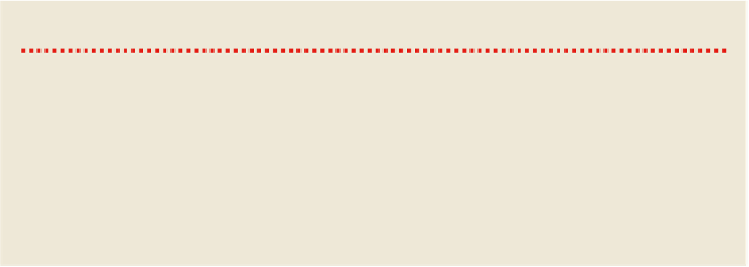Travel Reference
In-Depth Information
Tours
For fascinating insights into the area's past, join one of the ethnobotanical tours that are
Hawaiian farmers who have restored ancient taro patches within the park. Tours include
a two-hour morning outing ($49) that concentrates on the farm and a 3½-hour afternoon
tour ($79) that adds on a hike to Waimoku Falls. Both tours leave from the thatched hala
near the Kipahulu Visitor Center; advance reservations are advised.
Sleeping
most hear the whispers of the ancient Hawaiians. The facilities are minimal: pit toilets,
picnic tables, grills. But the setting - oceanside cliffs amid the stone ruins of an ancient
village - is simply incredible. There's no water at the campsite, so bring your own or
walk over to the restrooms at the visitor center. Mosquito repellent and gear suitable for
rainy conditions are also a must.
Permits aren't required. Camping is free but limited to three nights per month. In
winter you'll probably have the place to yourself, and even in summer there's typically
enough space for everyone who shows up.
Information
on foot, bicycle or motorcyle $5; park 24hr, visitor center 9am-5pm)
Staffed by rangers who
can give you an orientation to the park.
KAHOʻOLAWE
Seven miles southwest of Maui, the sacred but uninhabited island of Kahoʻolawe
has long been central to the Hawaiian-rights movement. Many consider the island
a living spiritual entity, apuʻuhonua(refuge) andwahi pana(sacred place).
Yet for nearly 50 years, from WWII to 1990, the US military used Kahoʻolawe as a
bombing range. Beginning in the 1970s, liberating the island from the military be-
came a rallying point for a larger resurgence of Native Hawaiian pride. Today, the
bombing has stopped, the navy is gone and healing the island is considered both a
symbolic act and a concrete expression of Native Hawaiian sovereignty.








